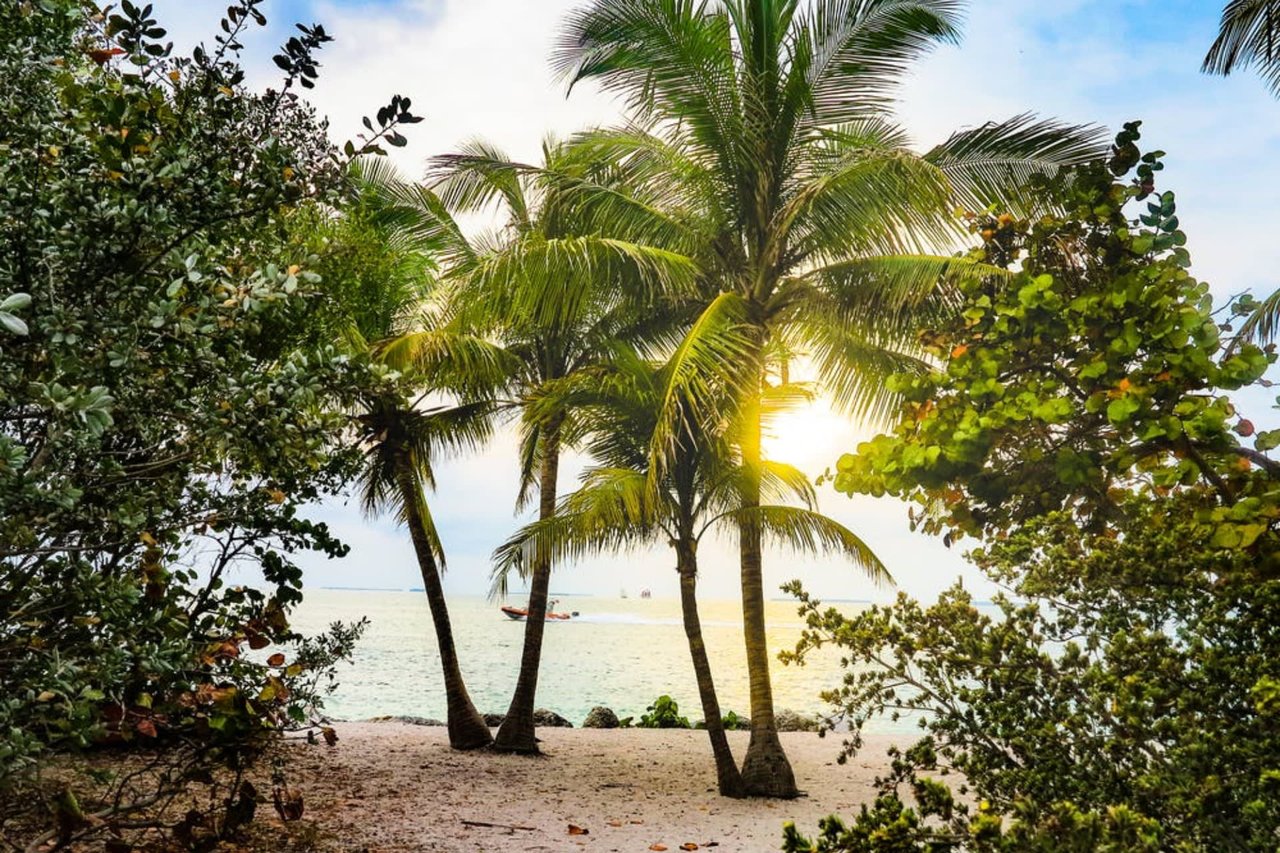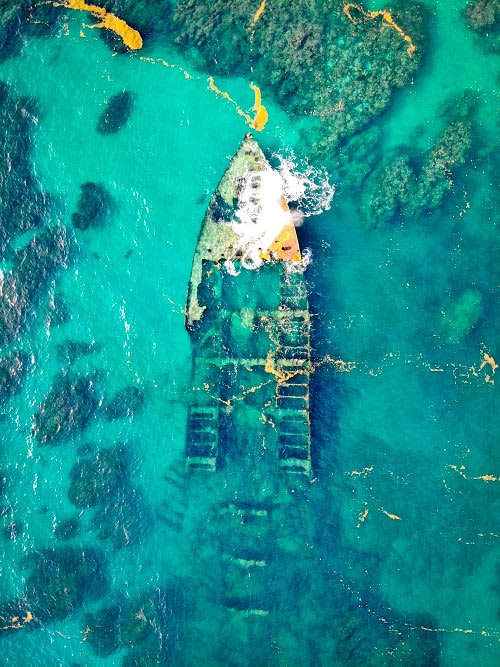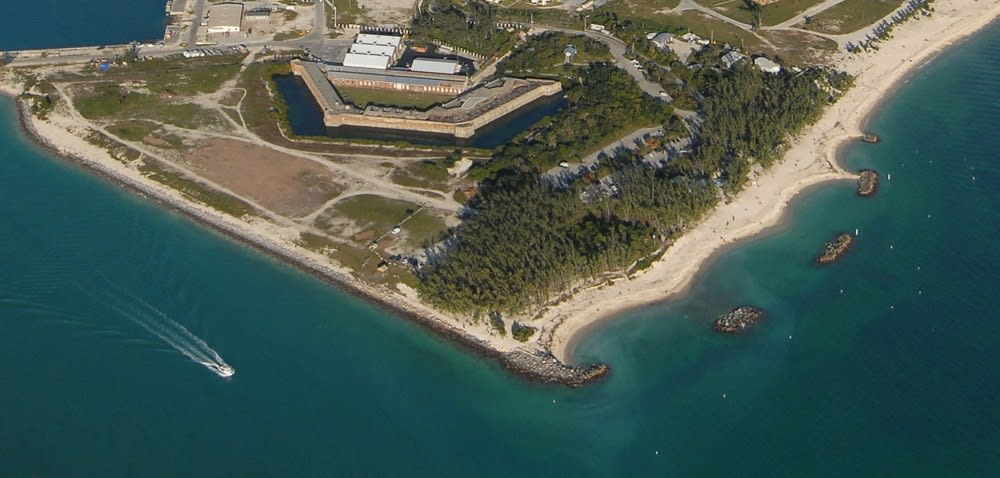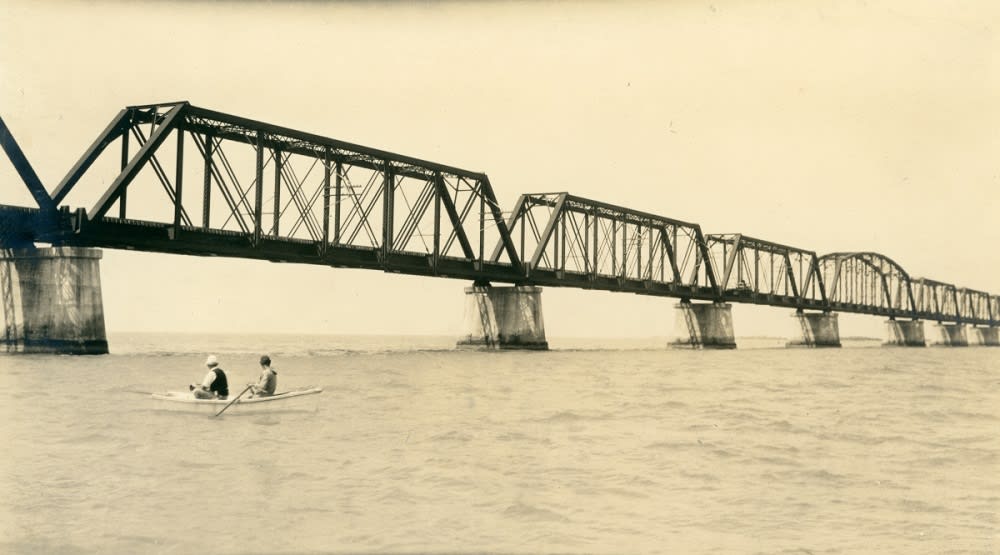1. Spain tried to colonize the Florida Keys around 1513.
Juan Ponce de León arrived in the Florida Keys around the year 1513. Not yet having received a name, de León dubbed the islands “Los Martires,” or Spanish for “The Martyrs,” due to their “looking like suffering men from a distance,” according to historical writer Antonio de Herrera.
The name Key West comes from the Spanish “Cayo Hueso,” or “Island of Bones,” as legends say the island was littered with the bones of prior native inhabitants. The Spaniards’ attempt to colonize the islands was thwarted by the two native tribes that inhabited the Keys at the time, the Calusa and Tequesta.
2. Early settlers set up the Key Lime groves and hunted sharks.
After their failed attempt at colonizing, the Spanish abandoned the area. In their absence, pirates controlled the surrounding area, and control of the rest of Florida gave way to the budding United States in 1822. Settlers began a push toward the Keys around here, fighting off the pirates and eventually claiming the islands for their own.
These new settlers planted groves of Key Lime trees and set up an operation for hunting sharks. After catching them, the fishermen were sent to skin them in order for other factories to turn their hide into a tough leather called shagreen.
3. Ownership was contested.
In 1763, Britain took control of Florida from Spain. As the United States gained independence, the British gave back their hold of Florida with the second Treaty of Paris. Because Spain neighbored the United States in Florida, numerous boundary disputes eventually led to John Quincy Adams negotiating for the purchase of Florida in 1819. The United States began formally occupying the area in 1821, and Florida was deemed an official territory in 1822.
Throughout this time, the area of Key West was sold by the Spanish governor of Cuba to an officer of the Royal Spanish Navy Artillery, Juan Pablo Salas. Upon hearing that the whole of the rest of Florida was sold to the United States, Salas wanted to sell his land to the U.S. as well. The only problem was that the officer sold the land twice: the first purchase was by former South Carolina governor John Geddes, and the second was by an American businessman by the name of John W. Simonton.
Geddes and the Simonton then competed to get the rights signed to them entirely; however, this would eventually be in vain as Matthew Perry of the United States Navy sailed to the island and planted the U.S. flag, claiming it as U.S. property. No protests were made, and Key West has remained this way ever since.
4. Key West became a booming city and prospered off of shipwrecks.
Near Cuba and the Bahamas, Key West is not far off from a trade route with New Orleans. In its beginnings, the city of Key West was quickly becoming the largest city in Florida due to the above-mentioned ventures and its rich shipwrecking industry.
Because navigation was not up to par in the centuries between the 1500s and 1800s, shipwrecks were frequent, and Key West profited by salvaging the goods, parts, and valuables that were found among the wreckage.
By 1822, however, navigation improved to the point where shipwrecks weren’t frequent enough for Key West to prosper off of anymore, and the city began to decline economically.
5. Key West was a member of the Union.
After the Civil War broke out, the country was divided among the Northern Union and the Southern Confederates, but the split was not as clean as people are told today. In fact, Key West decided to go against the whole of Florida and fight alongside the Union and their cause.
The support for the Union came from the members of Fort Zachary Taylor military base. Under the guidance of Captain John Milton Brannan, the entire 44 men of his artillery were able to fend off the Confederates and played a key part in preventing blockade runners from getting around the Union’s infamous Anaconda Plan.
6. Fort Jefferson served as a prison after the Civil War.
Fort Jefferson, located in the Dry Tortugas of the Florida Keys, served as the prison for Dr. Samuel A. Mudd, the doctor convicted of conspiracy for setting John Wilkes Booth’s broken leg after his assassination of Abraham Lincoln.
7. The Florida Keys were only accessible by water until the 20th Century.
The chain of islands in the Florida Keys was a flourishing trade port for years. In the 20th century, news came of the construction of the Panama Canal, which would increase trade with other Latin American countries as well as the West Coast.
The development of the canal interested Henry Flagler, a wealthy founder of Standard Oil and real estate developer. Flagler wanted to connect Key West to the rest of the United States to increase Key Wests’ popularity.
Flagler decided his already established Florida East Coast Railway could reach the island with an extension known as the Overseas Railway. The project was delayed by multiple hurricanes and would eventually be completed in the early 1910s.
The Overseas Railway was damaged in 1935 when the Labor Day Hurricane partially destroyed large portions of the passage. Luckily, even before the hurricane, construction was underway on a highway that was meant to replace the Overseas Railway as the main mode of transportation into the Florida Keys. After the hurricane, construction recommenced on the highway that would eventually become the Overseas Highway, but the railway was repaired.
8. The Florida Keys are partially made up of coral reefs.
The Florida Reef is the only coral barrier reef alive within the continental United States. Many of the islands in the northern and central stretch of Florida Keys are made from parts of the reef that have become exposed after centuries of changing sea levels. These exposed portions have accumulated sand and led to the formation of the islands we know today. The Key Largo Limestone is the name given to these fossilized coral reef fragments that brought the keys into existence.
If these facts have interested you in moving to the Florida Keys, OceanSIR may have the perfect piece of Key Largo real estate for you. There are a variety of homes for sale in Key Largo. If you’re ready to make the move, contact OceanSIR today!








